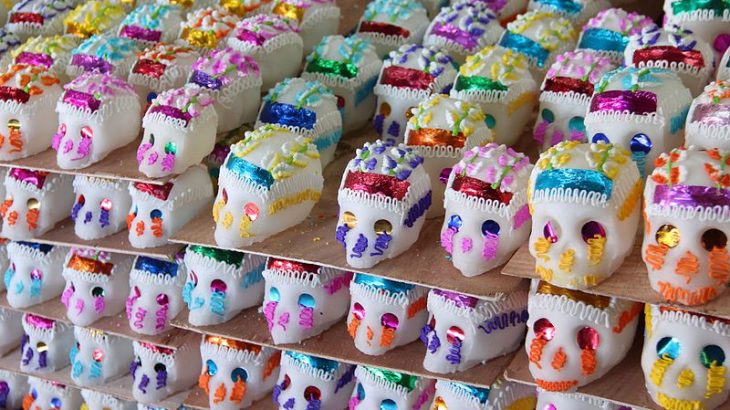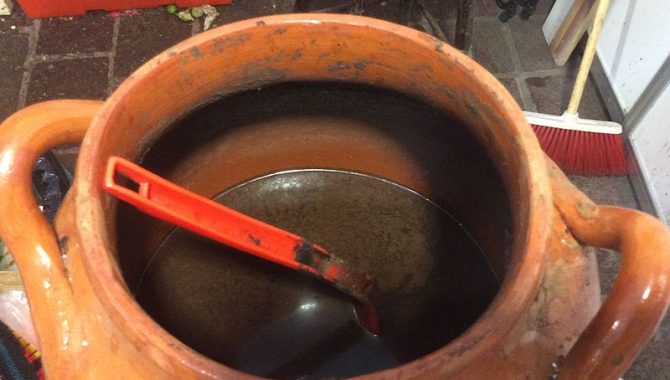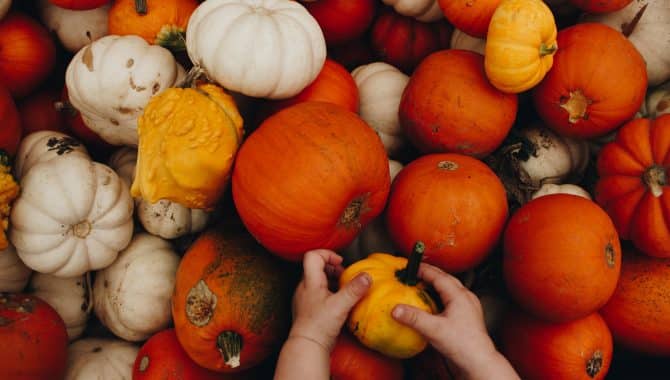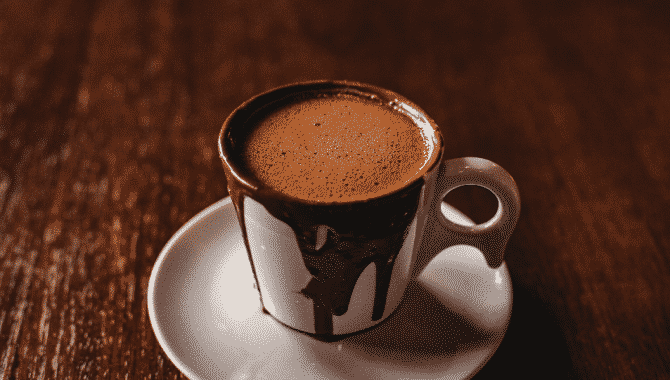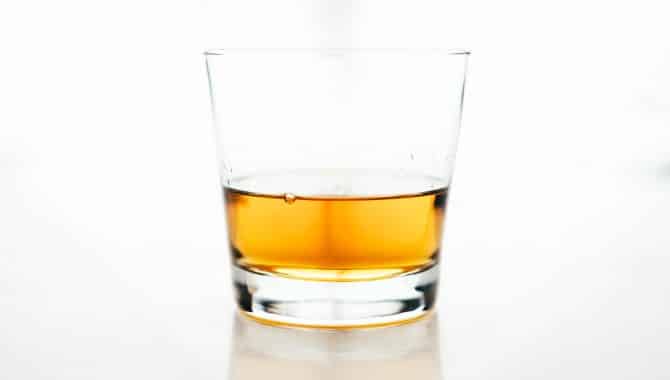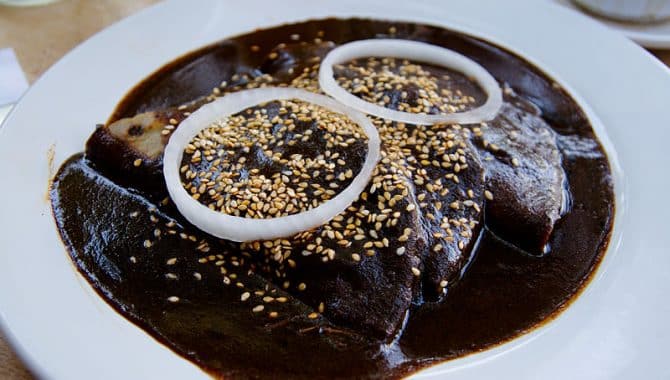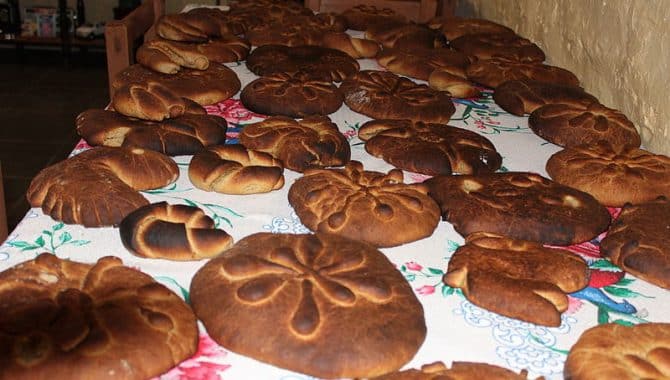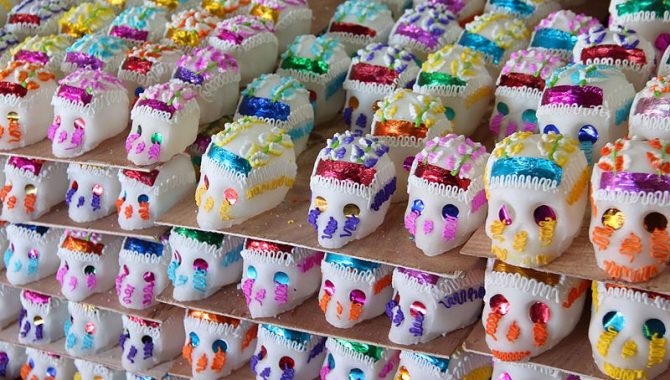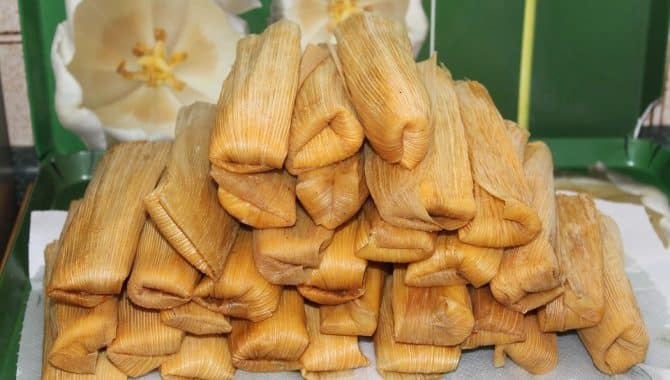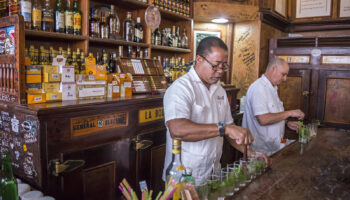What is a celebration without delicious food? While the name “Day of the Dead” may not stir your appetite, this lively and cheerful holiday actually has delicious foods for both the dead and living to enjoy! Families get together and remember loved ones who have passed away all while enjoying traditional foods and adorning beautiful altars for the dead with them.
Learn about the most popular Day of the Dead foods you’ll find in Mexico.
